Discover our Baobab in the western part of Madagascar
The advantages of choosing western Madagascar as a tourist destination
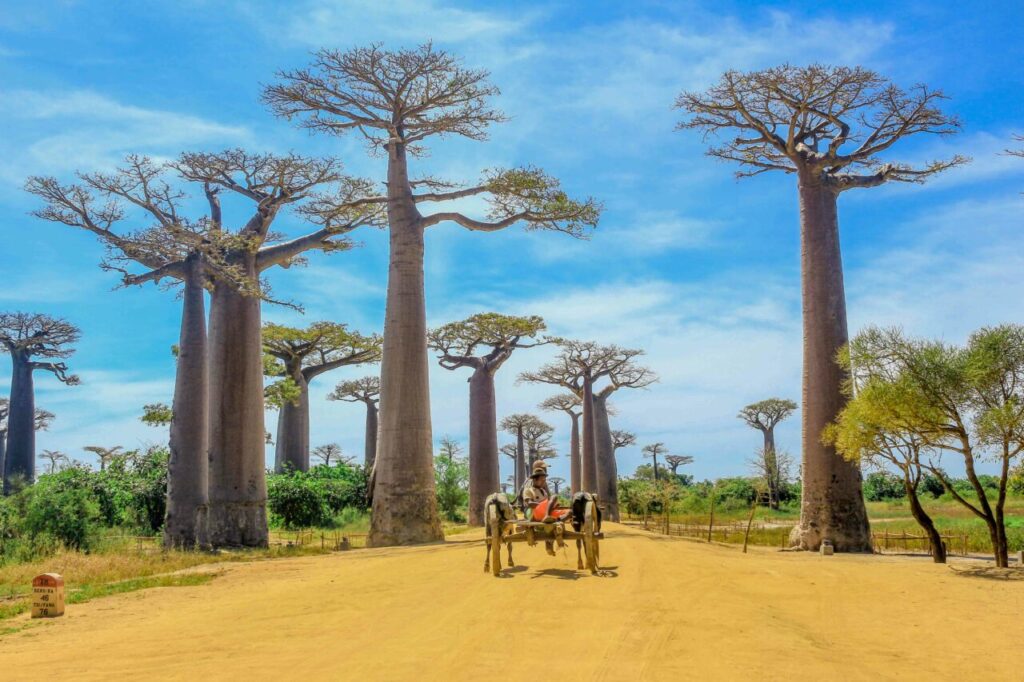


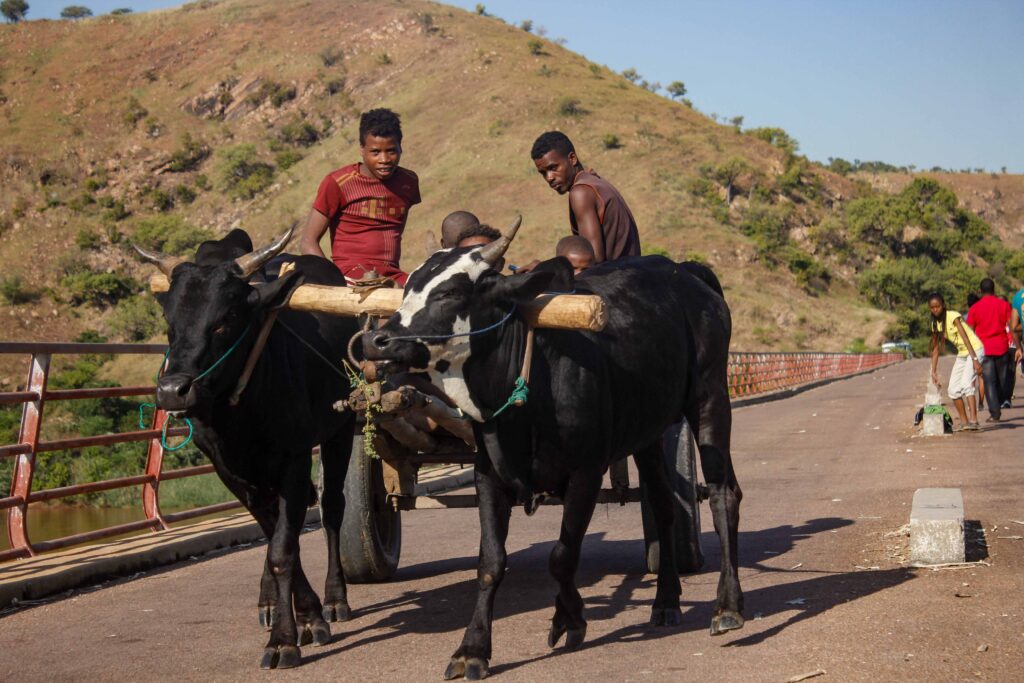
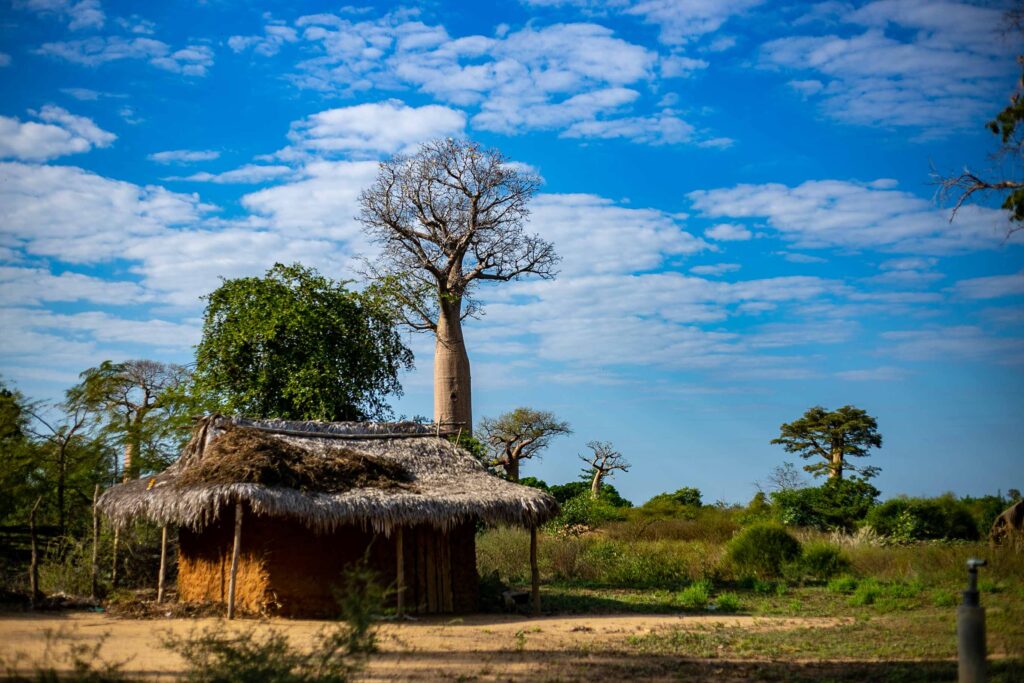
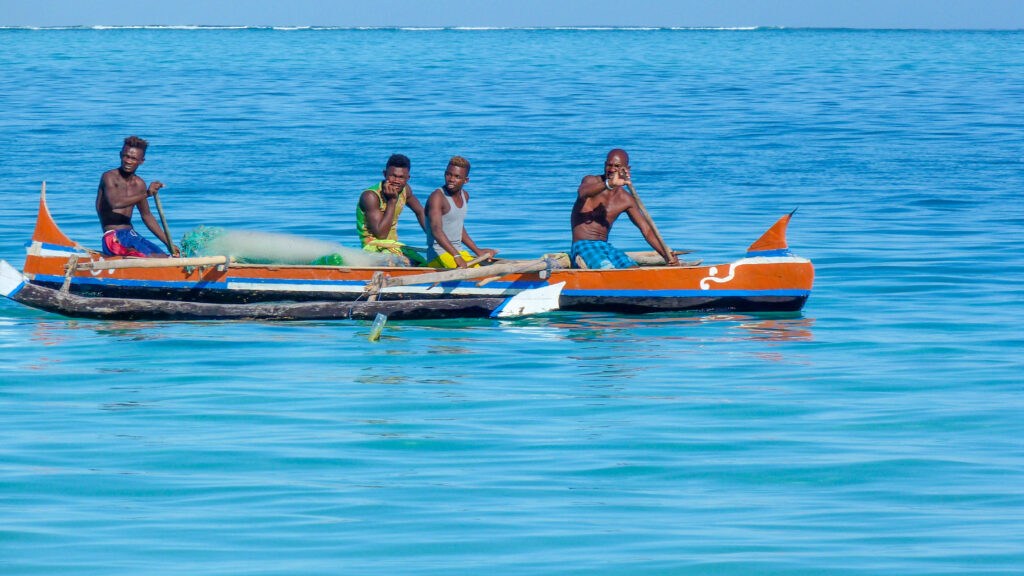
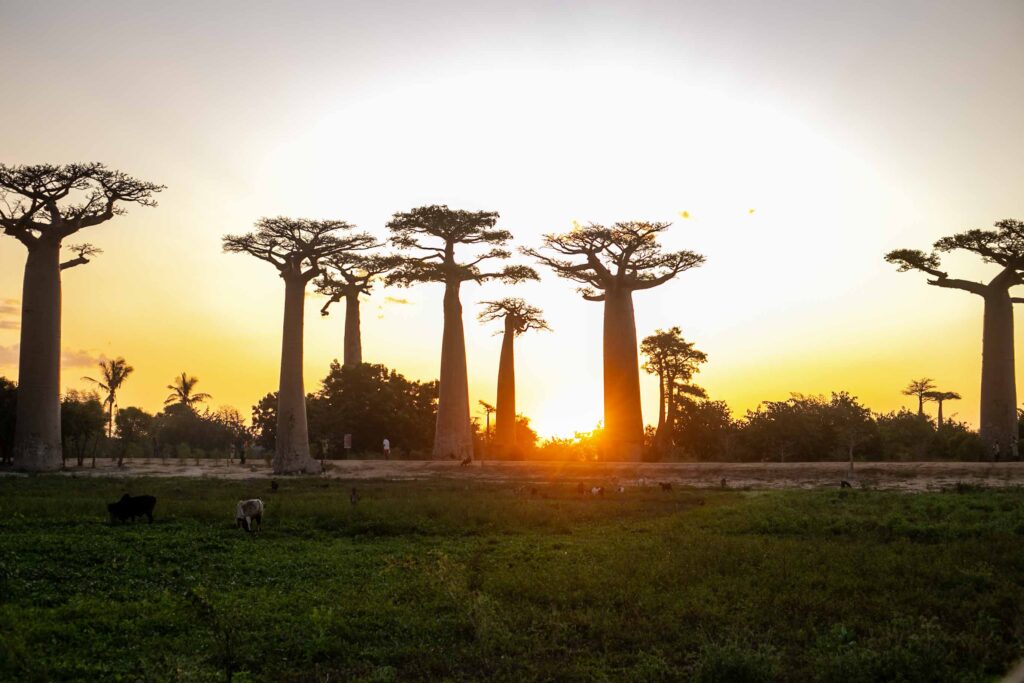
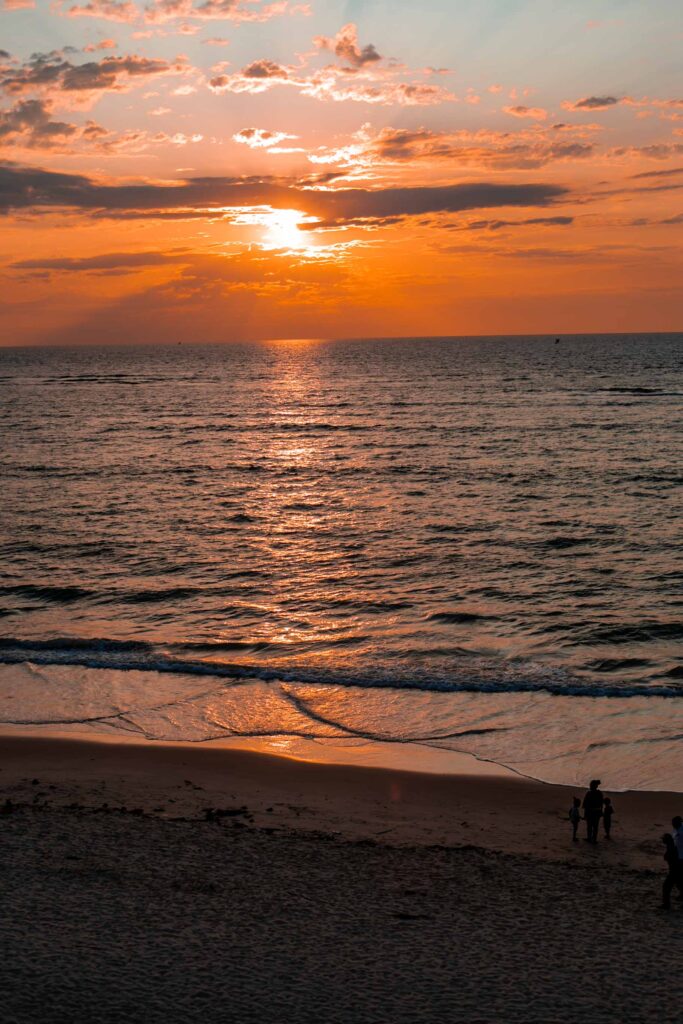
Madagascar’s west coast from Tuléar to Diego is a fascinating region, steeped in history, culture and spectacular natural scenery. Stretching for hundreds of kilometres along and across the Mozambique Channel. This region offers a wealth of tourist discoveries for intrepid travellers.
Here’s an overview of what you can expect when exploring Madagascar’s west coast:
Landscapes and geography for the western destination of Madagascar
Madagascar’s west coast is characterised by a variety of landscapes. From white sandy beaches to dense deciduous forests and impressive rock formations. Mangroves line many stretches of coastline from Tuléar in the south to Diego in the north. Providing a vital habitat and complete ecosystem for a diversity of marine life. Inland, you’ll find fertile plains, rolling hills and unique rock formations.
Fauna and flora for the Madagascar western destination
The biodiversity of Madagascar’s west coast is remarkable. Firstly, the presence of the Baobabs attracts tourists. Secondly, this region is home to many endemic species, including the legendary lemur, colourful birds, fascinating reptiles. And a multitude of unique plant species. Nature reserves such as the Tsingy de Bemaraha National Park offers many things to discover. It offers visitors the opportunity to observe these wonders up close, in their unspoilt natural habitat.
Activities and adventures
Whether you’re into scuba diving, nature walks or simply looking to relax on pristine beaches. Madagascar’s west coast has something for everyone. On the Nosy Be side and its islands, we invite you to explore the colourful coral reefs. Hike the trails through the rainforest, or take a boat trip to discover remote islands and secluded coves.
If you’re travelling towards Morondava, offers such as descending the Tsiribihina river, visiting the kirindy forest. There are hiking and climbing the Tsingy rocks await you.
History and culture for
Madagascar western destination
Madagascar’s west coast has been shaped by centuries of history and diverse cultural influences. The sakalava side of the Menabe is renowned for the Fitampoha on the Tsiribihina river. Remains of ancient kingdoms, such as the Sakalava kingdom, dot the region, bearing witness to a rich dynastic history. The coastal villages are steeped in centuries-old traditions, haunting dances and intoxicating music. Offering visitors an authentic glimpse of Malagasy culture.
Western gastronomy
The cuisine of Madagascar’s west coast reflects the richness of local resources. Espacially, with fresh seafood mixed with coconut milk, exotic tropical fruits and aromatic spices. Be sure to try traditional dishes such as romazava, a meat and vegetable stew. Or, ravitoto au lait du coco, a dish made from cassava leaves.
Each dish is accompanied by spicy mango achard, which enhances the flavour. And don’t forget the maskita every afternoon with katakata (fried banana) and mahogo (fried cassava).
